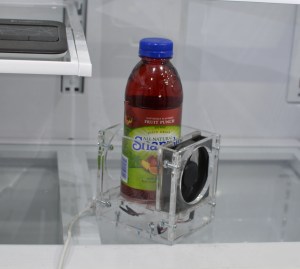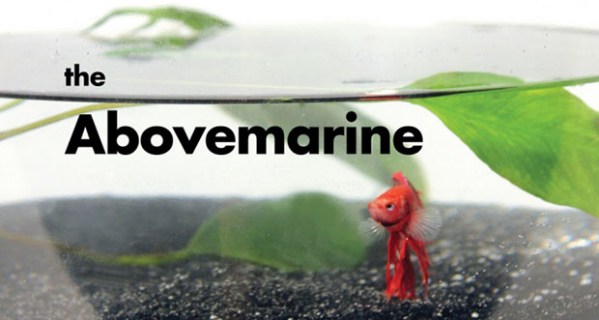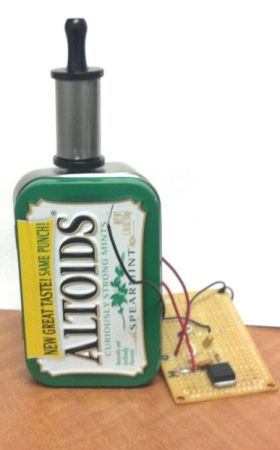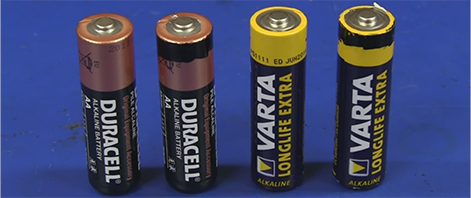Right now there are thousands of computers connected to the Internet, dutifully calculating SHA-256 hashes and sending their results to other peers on the Bitcoin network. There’s a tremendous amount of computing power in this network, but [Ken] is doing it with a pencil and paper. Doing the math by hand isn’t exactly hard, but it does take an extraordinary amount of time; [Ken] can calculate about two-thirds of a hash per day.
The SHA-256 hash function used for Bitcoin isn’t really that hard to work out by hand. The problem, though, is that it takes a 64 byte value, sends it through an algorithm, and repeats that sixty-four times. There are a few 32-bit additions, but the rest of the work is just choosing the majority value in a set of three bits, rotating bits, and performing a mod 2.
Completing one round of a SHA-256 hash took [Ken] sixteen minutes and forty-five seconds. There are sixty-four steps in calculating the hash, this means a single hash would take about 18 hours to complete. Since Bitcoin uses a double SHA-256 algorithm, doing the calculations on a complete bitcoin block and submitting them to the network manually would take the better part of two days. If you’re only doing this as your daily 9-5, this is an entire weeks worth of work.
Just for fun, [Ken] tried to figure out how energy-efficient the bitcoin mining rig stored in his skull is. He can’t live on electricity, but donuts are a cheap source of calories, at about $0.23 per 200 kcalories. Assuming a metabolic rate of 1500 kcal/day, this means his energy cost is about 67 quadrillion times that of an ASIC miner.
Video below.



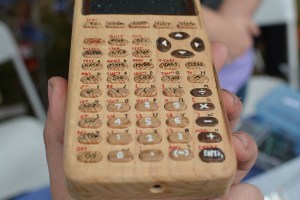 [Chris Mitchell], hackaday favorite from
[Chris Mitchell], hackaday favorite from 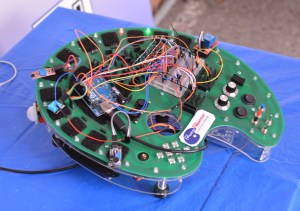 There were more Hackaday fans at the faire, but I’m not sure if anyone can beat the guys from
There were more Hackaday fans at the faire, but I’m not sure if anyone can beat the guys from 